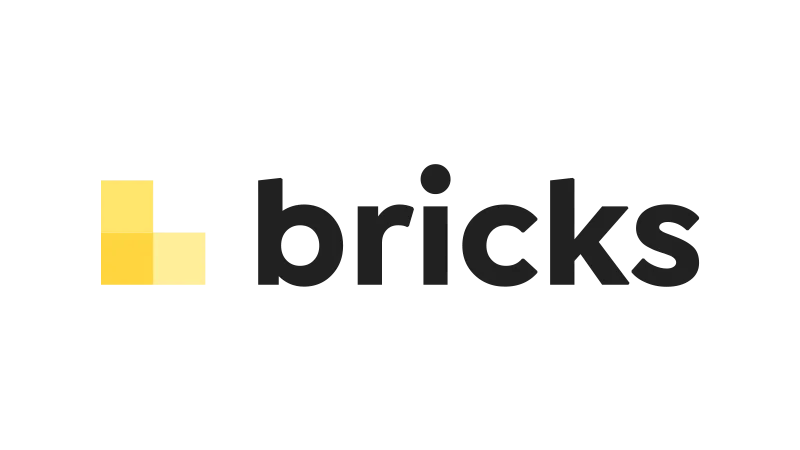What is the tutorial about?
Adding menu anchors in Bricks Builder is the primary focus of this tutorial. Menu anchors are essential for creating a smooth navigation experience on your WordPress site, especially for one-page websites or pages with long content. They allow users to jump to specific sections of your page by clicking on a link in your navigation menu. This tutorial will guide you through the process of adding these anchors using the Bricks Builder plugin for WordPress.
Tutorial Steps
- Identify the sections for anchors:
Decide on the sections of your page where you want to place the anchors. In this tutorial, we will be placing anchors in the ‘Details’, ‘Services’, ‘Team’, and ‘Contact’ sections. - Add CSS IDs to sections:
Navigate to the section where you want to place the anchor. Go to ‘Style’ and scroll down to ‘CSS ID’. Here, input the name of your anchor. For instance, for the ‘Details’ section, you can input ‘details’ as the CSS ID. - Link the anchors to menu items:
Go to the menu item that you want to link to the anchor. In the ‘Link’ option, select ‘Dynamic data’ and input the name of your anchor preceded by a hashtag. For instance, to link to the ‘Details’ section, input ‘#details’. - Optional – Add section titles:
If you want to add a title to your sections, you can do so by adding a heading above the container in each section. This is optional and depends on your layout and design preferences. - Update your navigation menu:
Go to ‘Appearances’ > ‘Menu’ in your WordPress dashboard. Here, add custom links for each of your anchors. The URL should be your page URL followed by the anchor name preceded by a hashtag. For instance, ‘yourwebsite.com/#details’. The link text should be the name of the section. - Save and test:
Save your changes and test the navigation on your page. Clicking on a menu item should now take you to the corresponding section on the page.
Use Cases for this Tutorial
- One-page websites:
If your website consists of a single page with multiple sections, menu anchors can improve navigation and user experience. - Long-form content:
For blog posts or pages with long content, menu anchors can help users navigate to specific sections quickly. - Portfolios:
If you’re showcasing your work or projects on a single page, menu anchors can allow users to jump to specific projects or categories. - Product pages:
On a product page with multiple sections like product details, reviews, and specifications, menu anchors can improve navigation.

